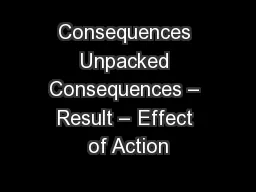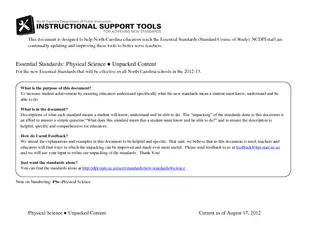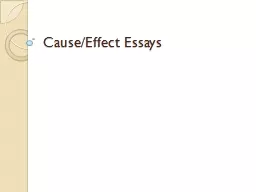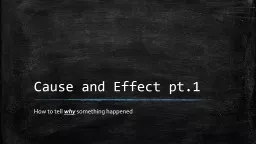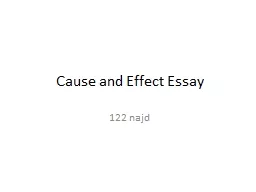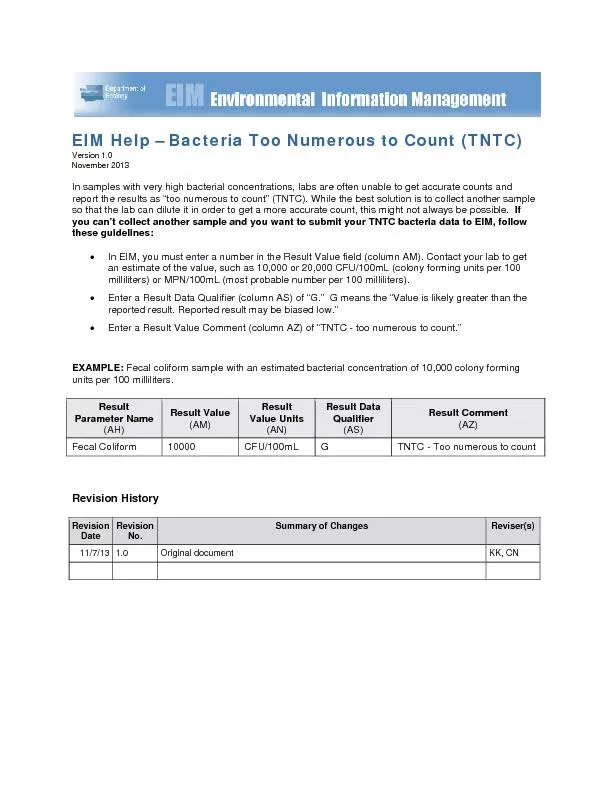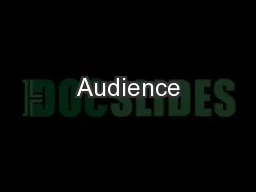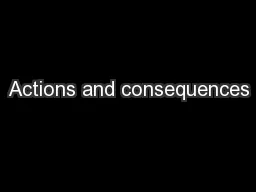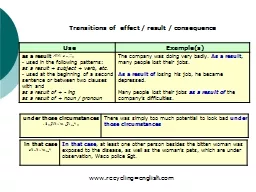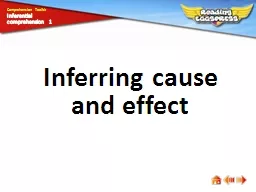PPT-Consequences Unpacked Consequences – Result – Effect of Action
Author : marina-yarberry | Published Date : 2018-09-18
Should be naturallogical Should be linked directly to desired child behavior Should be timely immediate Should not be arbitrary threatening or punitive Should
Presentation Embed Code
Download Presentation
Download Presentation The PPT/PDF document "Consequences Unpacked Consequences – R..." is the property of its rightful owner. Permission is granted to download and print the materials on this website for personal, non-commercial use only, and to display it on your personal computer provided you do not modify the materials and that you retain all copyright notices contained in the materials. By downloading content from our website, you accept the terms of this agreement.
Consequences Unpacked Consequences – Result – Effect of Action: Transcript
Download Rules Of Document
"Consequences Unpacked Consequences – Result – Effect of Action"The content belongs to its owner. You may download and print it for personal use, without modification, and keep all copyright notices. By downloading, you agree to these terms.
Related Documents

